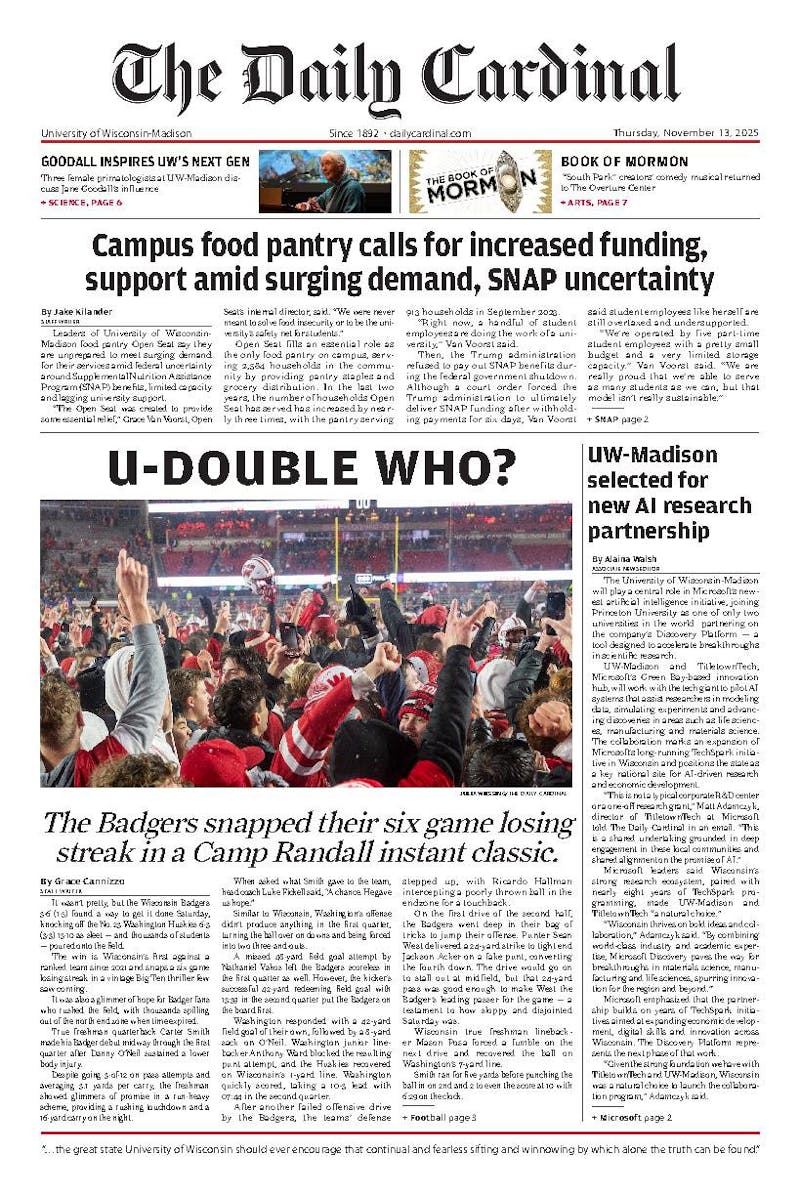In the weeks leading up to Wisconsin's Feb. 19 primary, the four leading presidential candidates spent $2.1 million on over 8,200 political advertisements.
With the benefit of hindsight - and data from the Wisconsin Advertising Project - we can provide additional analysis of the candidates' advertising strategies. Overall, the evidence is quite reassuring. Instead of focusing their efforts on Madison and Milwaukee to the exclusion of other markets, the leading candidates spread their messages across the state. Interest groups did not air a single ad and more than 75 percent of the candidates' messages were positive.
The leading candidates spent over $2.1 million on political advertisements in Green Bay, La Crosse, Madison, Milwaukee and Wausau, with Sen. Barack Obama, D-Ill., accounting for $1.5 million in ads alone.
Since candidates only aired ads in state for the two weeks following Super Tuesday, this number appears high at first glance. Nevertheless, this pales in comparison to the $43 million and $32 million that the candidates spent in Iowa and New Hampshire, respectively.
Moreover, the candidates spread their spending across the state, allowing a greater share of Wisconsin residents to gain exposure to the advertising.
Of the 8,225 ads aired, all five major media markets featured at least 1,300 ads.
At the same time, the Wisconsin primary also featured the first exchanges of negative advertising in the campaign.
This downplays a few important trends, however. More than three-quarters of all advertisements were positive and 100 percent of all advertisements on the Republican side were positive pieces promoting the two candidates.
Although negative advertisements comprised about 50 percent of Sen. Hillary Clinton's, D-N.Y., and 25 percent of Obama's ad buys, they are not an intrinsically destructive entity.
When supported by evidence, these advertisements can play an important and informative role in campaigns.
Regardless of their efficacy, Clinton's advertisements contrasting the two leading candidates' health-care plans and another batch criticizing Obama for not participating in a debate were based on evidence instead of implication. The same holds for Obama's contrast advertisements.
Wisconsin received an unanticipated amount of attention from the media and candidates in last week's presidential primary.
The leading candidates for last week's Wisconsin primary did well by concentrating most advertising efforts on positive messages and basing contrasts with other candidates on substantive issue differences. As a battleground state, Wisconsin can expect the general election candidates to blanket the airwaves this fall.





